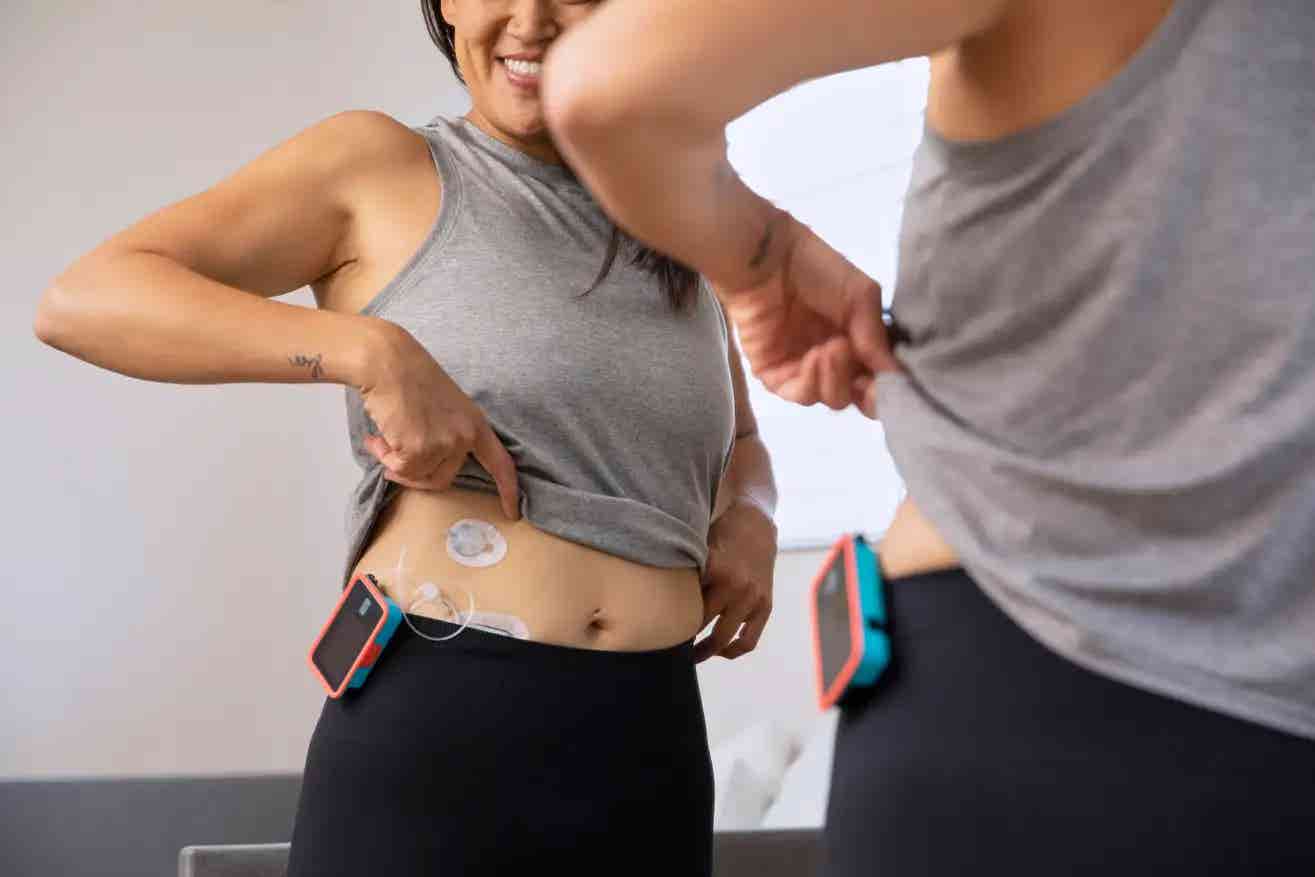150,000 life-changing artificial pancreases to be given to Type 1 diabetics in the UK
The NHS is set to distribute up to 150,000 artificial pancreases, marking a significant milestone for individuals with type 1 diabetes.

The NHS is set to distribute up to 150,000 artificial pancreases, marking a significant milestone for individuals with type 1 diabetes. (CREDIT: Getty Images)
The NHS is set to distribute up to 150,000 artificial pancreases, marking a significant milestone for individuals with type 1 diabetes.
This broad rollout signals an end to the era of painful finger pricks and frequent injections for most sufferers. The device, referred to as a hybrid closed-loop system, employs advanced algorithms to calculate the necessary insulin doses to maintain stable blood sugar levels, which are then administered via a pump.
Artificial pancreases - the future of diabetes treatment
According to experts, this "futuristic technology" will revolutionize the lives of those living with diabetes. Trials have demonstrated its superior effectiveness in managing the condition compared to existing devices, with minimal input required from patients.
An artificial pancreas system uses a continuous glucose monitor, an insulin pump, and a program stored on the pump or a smartphone (top). The insulin pump can be worn on a belt, stored in a pocket, or attached directly to the skin (bottom). (CREDIT: NIH)
NHS England has allocated £2.5 million to local health authorities to identify eligible patients over a five-year period. Diabetes charities have expressed excitement over the development.
Colette Marshall, Chief Executive of Diabetes UK, commented, "Diabetes is a tough and relentless condition, but these systems make a significant, life-changing difference – improving both the overall health and quality of life for people with diabetes."
The implementation of this technology is considered a significant advancement, particularly for children, who often face challenges due to varying insulin requirements and uncertainties regarding diet and exercise.
Related Stories
The device, worn close to the body, continuously monitors blood glucose levels and automatically adjusts insulin delivery via the pump.
Last year, the National Institute of Health and Care Excellence (Nice) recommended offering the wearable device to individuals with diabetes whose condition is not adequately controlled by their current pump or glucose monitor.
Nice, in agreement with NHS England, prioritized children, young people, pregnant women, and those already using an insulin pump to be among the first to receive the hybrid closed-loop system. Approximately 152,000 individuals meet the eligibility criteria.
Professor Partha Kar, NHS national specialty advisor for diabetes, remarked, "The national rollout of Hybrid Closed Loop systems is great news for everyone with type 1 diabetes. This futuristic technology not only improves medical care but also enhances the quality of life for those affected."
What is an artificial pancreas?
According to the National Institute of Diabetes and Digestive and Kidney Diseases, an artificial pancreas is a system made of three parts that work together to mimic how a healthy pancreas controls blood glucose, also called blood sugar, in the body. An artificial pancreas is mainly used to help people with type 1 diabetes.
In type 1 diabetes, the pancreas does not produce insulin. People with type 1 diabetes control their blood glucose level by checking it and taking insulin, either by injection or through an insulin infusion pump, several times a day. An artificial pancreas automatically monitors your blood glucose level, calculates the amount of insulin you need at different points during the day, and delivers it.
Most artificial pancreas systems require you to count and enter the amount of carbohydrates you consume at mealtime. These are called “hybrid” artificial pancreas systems, because some of the insulin is given automatically and some is given based on the information you enter.
These systems help control blood glucose levels throughout the day and night, making it easier for people with type 1 diabetes to keep their blood glucose level in range. Keeping blood glucose levels in range will prevent other health problems from developing and may improve daily life for people with type 1 diabetes.
How do artificial pancreas systems work?
Three devices make up an artificial pancreas system.
A continuous glucose monitor (CGM) tracks blood glucose levels every few minutes using a tiny sensor that is inserted under the skin. The sensor wirelessly sends the information to a program stored on a smartphone or on an insulin infusion pump.
The program calculates how much insulin is needed and signals the insulin infusion pump when insulin needs to be delivered.
The insulin infusion pump will deliver small doses of insulin throughout the day when blood glucose levels are not in your target range. There are different types of insulin pumps.
One type of pump is worn outside the body on a belt or in a pocket or pouch. Insulin flows from the pump through a plastic tube that connects to a smaller tube, called a catheter, which has a needle that is inserted under the skin and stays in place for several days.
Another type of pump attaches directly to the skin with an adhesive pad and gives insulin through a catheter inserted under the skin. This kind of pump is replaced every few days.
For more science news stories check out our New Innovations section at The Brighter Side of News.
Note: Materials provided above by The Brighter Side of News. Content may be edited for style and length.
Like these kind of feel good stories? Get the Brighter Side of News' newsletter.



